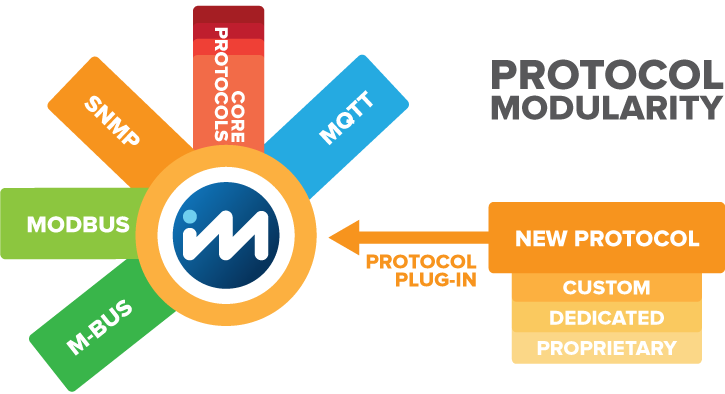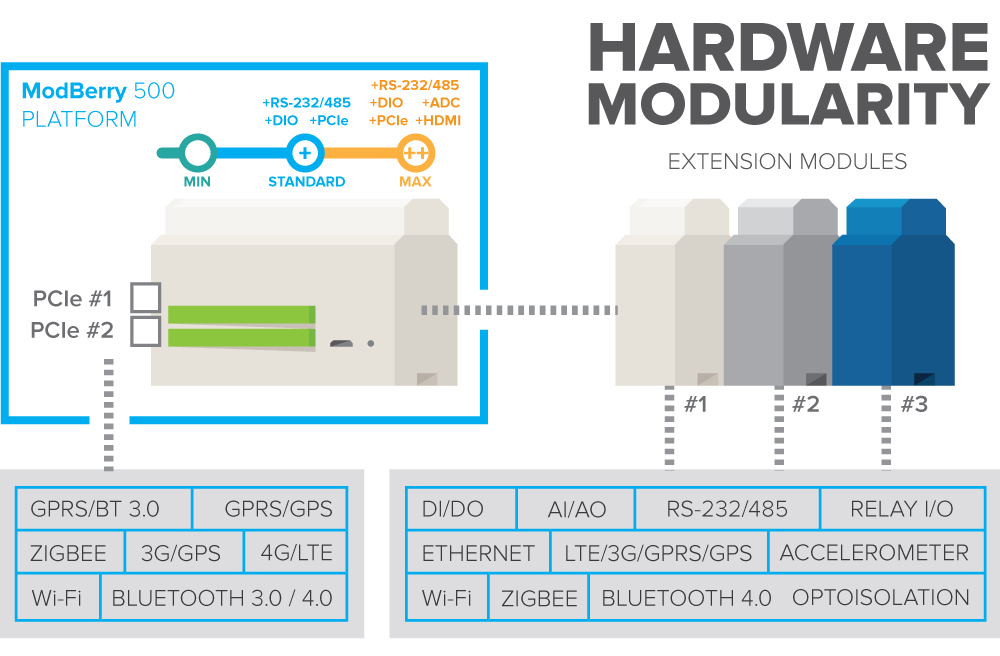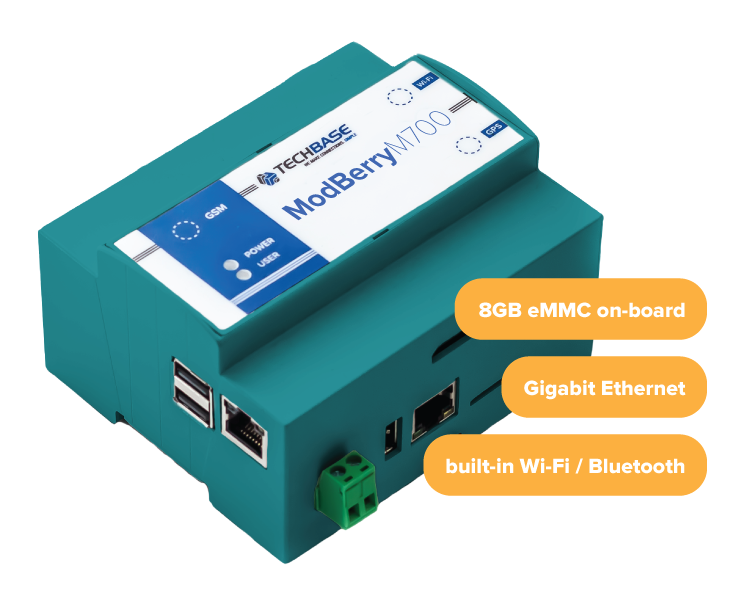Industrial wireless communication has become an increasingly important aspect of modern manufacturing and industrial operations. With the rise of the Internet of Things (IoT) and Industry 4.0, wireless communication is being used for everything from sensor networks and machine-to-machine (M2M) communication to remote monitoring and control. With so many different wireless protocols available, it can be difficult to determine which one is the best fit for a particular application. In this article, we will take a closer look at some of the most popular industrial wireless protocols and compare their features and capabilities.
Wi-Fi
This is a widely used protocol for wireless networking in industrial environments. It offers high bandwidth and is well-suited for applications such as data transfer and video streaming. Wi-Fi is a mature technology that is widely available and easy to use. It is also relatively inexpensive and widely supported by manufacturers. However, it is not as well-suited for low-power or low-data-rate applications and may not be the best choice for applications that require extended battery life or low-cost devices.
ZigBee
This is a low-power, low-data-rate protocol that is well-suited for applications such as sensor networks and building automation. Zigbee is a mature technology that is widely available and has a large ecosystem of devices and vendors. It is also relatively inexpensive and easy to use. However, it may not be the best choice for high-bandwidth applications or applications that require extended range.
Z-Wave
This is another low-power protocol that is used in home automation and other applications where low-bandwidth and low-power consumption are important. Z-Wave is a mature technology that is widely available and has a large ecosystem of devices and vendors. It is also relatively inexpensive and easy to use. However, it may not be the best choice for high-bandwidth applications or applications that require extended range.

Thread
This is a low-power, low-data-rate protocol that is designed for use in home automation and other IoT applications. It is relatively new and is not yet as widely available or supported as other protocols. However, it is designed to be highly secure and is well-suited for applications that require low-power, low-bandwidth communication.
LoRaWAN
This is a long-range, low-power protocol that is well-suited for applications such as smart cities and industrial IoT. LoRaWAN is a relatively new technology that is not yet as widely available or supported as other protocols. However, it is designed to support long-range communications and is well-suited for applications that require low-power, low-bandwidth communication over extended ranges.
Wireless M-Bus
This is a European standard for wireless communication in metering and monitoring applications, such as smart metering and building automation. It is designed to be low-power and long-range, and it can be used in both indoor and outdoor environments. It’s well-suited for applications that require low-power and long-range communication.
NarrowBand-IoT
This is a cellular-based protocol that is designed for low-bandwidth, low-power IoT applications. It is well-suited for applications such as smart metering, asset tracking, and industrial automation. NB-IoT is a relatively new technology that is not yet as widely available or supported as other protocols, but it offers a low-power and low-bandwidth solution for IoT.
DASH7
This is an open-source protocol that is designed for use in low-power, low-data-rate applications such as sensor networks.
Ultimately, the best industrial wireless protocol will depend on the specific requirements of your application, and it’s worth consulting with experts to determine the best solution for your needs.











